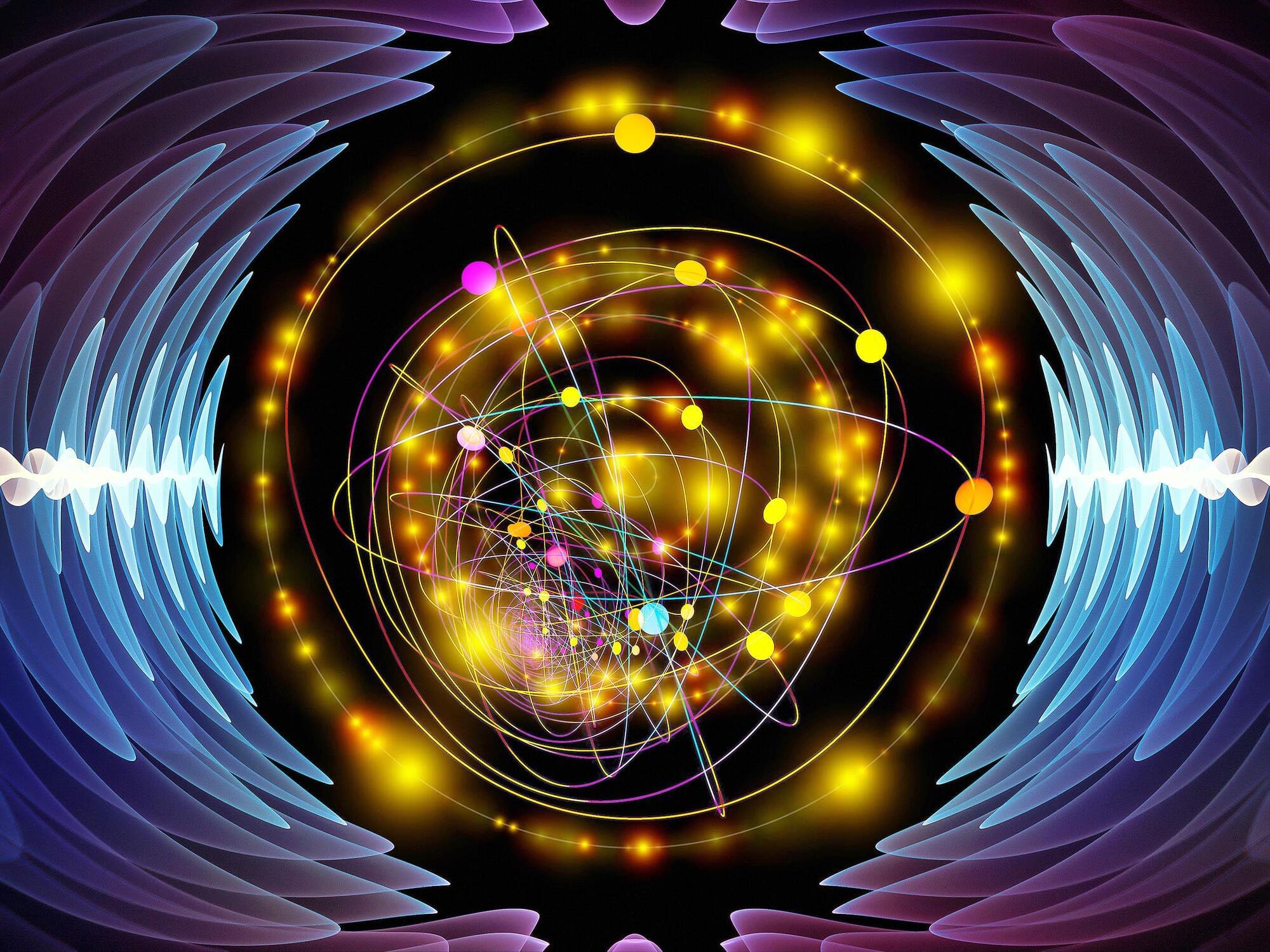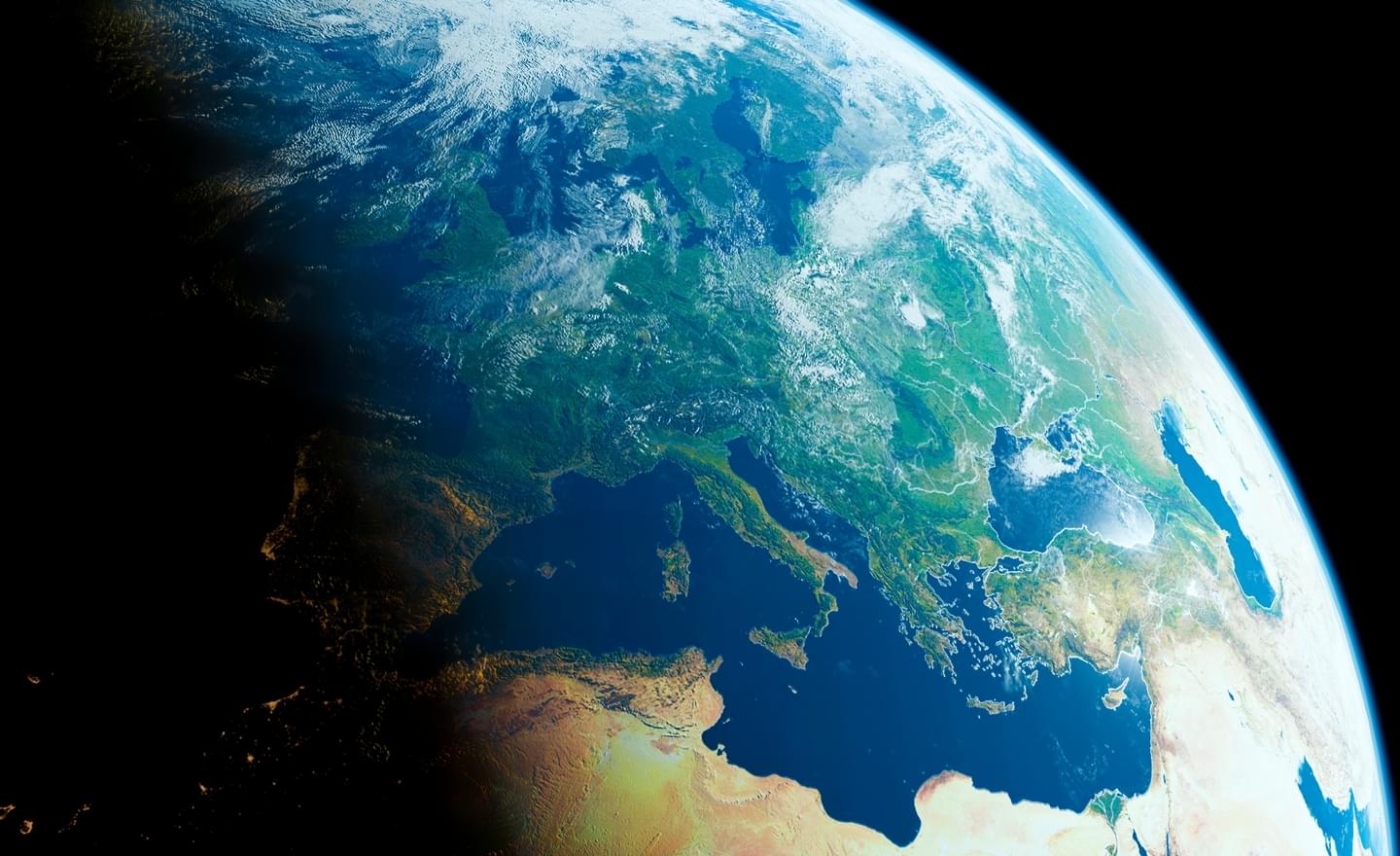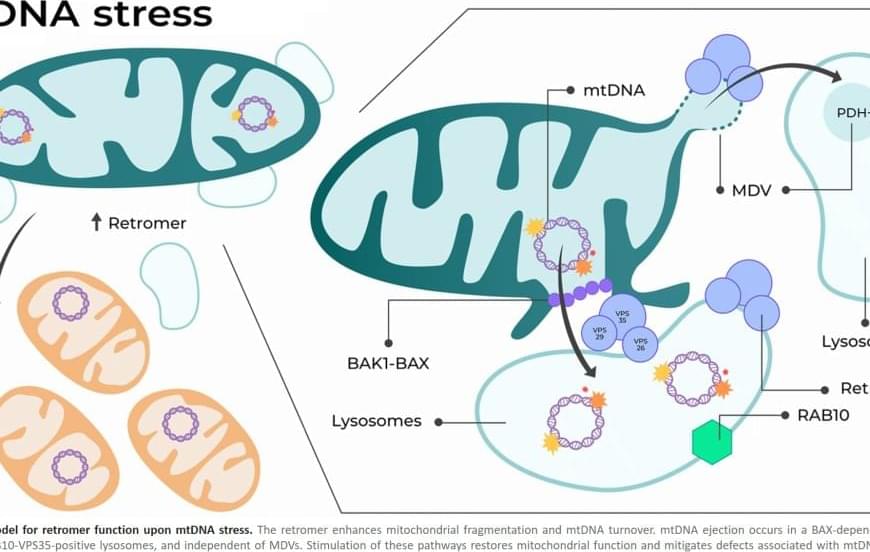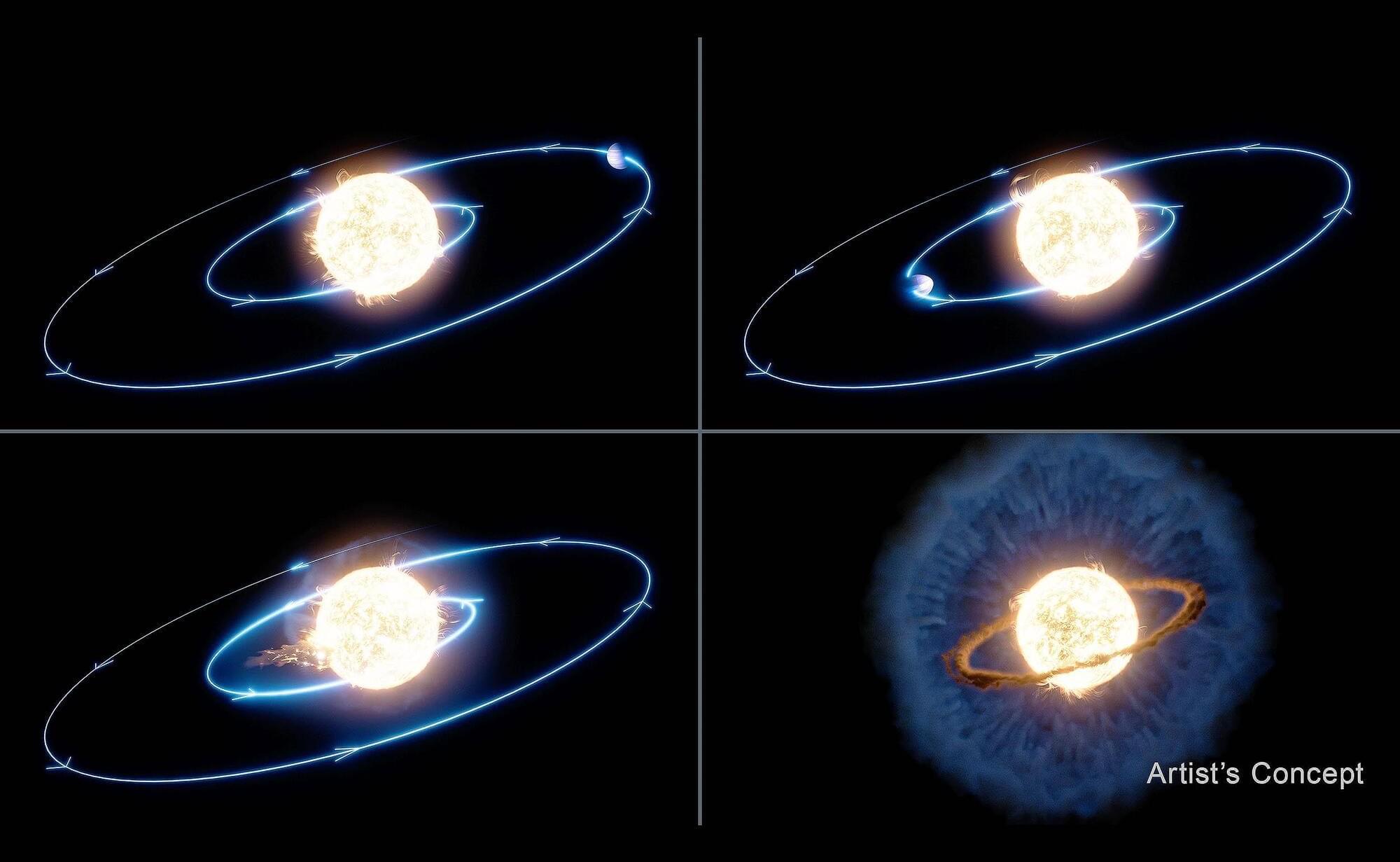Scientists from Rice University announced the first direct observation of a phenomenon called a superradiant phase transition (SRPT).
Heavy drinkers are more likely to develop brain injuries that are associated with memory loss, according to a new study
World Quantum Day is celebrated every April 14 – a date chosen to reflect “4.14,” the first digits of Planck’s constant (4.14×10⁻¹⁵ eV·s).
Superradiant phase transition seenUntil now, the phenomenon was debated as it defies the “no-go theorem” in light-based quantum systems.
AI Vs AI: Hackers use Artificial Intelligence for deepfakes and smart malware, while defenders counter with AI threat detection and predictive security.
Moving forward from Cockcroft-Gault creatinine clearance to race-free estimated glomerular filtration rate to improve medication-related decision-making in adults across healthcare settings: A consensus of the National Kidney Foundation Workgroup for Implementation of Race-Free eGFR-Based Medication-Related Decisions
Posted in biotech/medical, health | Leave a Comment on Moving forward from Cockcroft-Gault creatinine clearance to race-free estimated glomerular filtration rate to improve medication-related decision-making in adults across healthcare settings: A consensus of the National Kidney Foundation Workgroup for Implementation of Race-Free eGFR-Based Medication-Related Decisions
The NKF Workgroup for Implementation of Race-Free eGFR-Based Medication-Related Decisions suggests that health systems, health settings, clinical laboratories, electronic health record systems, compendia and data vendors, and healthcare practitioners involved with medication-related decision-making …
Scientists have detected a rhythmic ‘heartbeat’ occurring in the centre of the Earth.
It’s not big enough to be felt like an earthquake, but it’s noticeable enough for seismologists around the world to pick up a tiny, measurable ‘blip’ on their radars. Referred to as a ‘microseism’ by geologists, the pulse was first observed coming from the ocean and occurs roughly every 26 seconds.
It’s been quietly pulsing for decades, but scientists aren’t entirely sure what’s causing it.
Lead author Joseph Silk, a professor in the Department of Physics and Astronomy at Johns Hopkins University, explained that this discovery could change our understanding of how galaxies formed. We know these monster black holes exist at the center of galaxies near our Milky Way, but the big surprise now is that they were present at the beginning of the universe as well and were almost like building blocks or seeds for early galaxies.
The study, published in the Astrophysical Journal Letters, analyzed distant galaxies from the early universe observed through the Webb telescope. These galaxies appeared much brighter than expected and contained unusually high numbers of young stars and supermassive black holes.
The findings challenge the conventional idea that black holes formed after the collapse of supermassive stars and that galaxies formed after the first stars appeared. Instead, the analysis suggests that black holes and galaxies coexisted and influenced each other’s development during the first 100 million years of the universe.
Survivors of the 1995 Oklahoma City bombing continue to carry hidden biological imprints of trauma, even decades after the event and in the absence of visible mental health issues.
It was once thought that when an aging star engulfed a planet it would be a dramatic swelling and devouring event akin to a predator eating its prey. New observations, however, tell a very different story.
Data from NASA’s James Webb Space Telescope (JWST) reveals that the planet’s orbit didn’t terminate with a sudden engulfment. Instead, the planet spiraled slowly inward over time until it met its fiery end.
The scientists behind this surprising update are from NSF’s NOIRLab, and they worked with data collected by Webb’s powerful mid-and near-infrared instruments.









